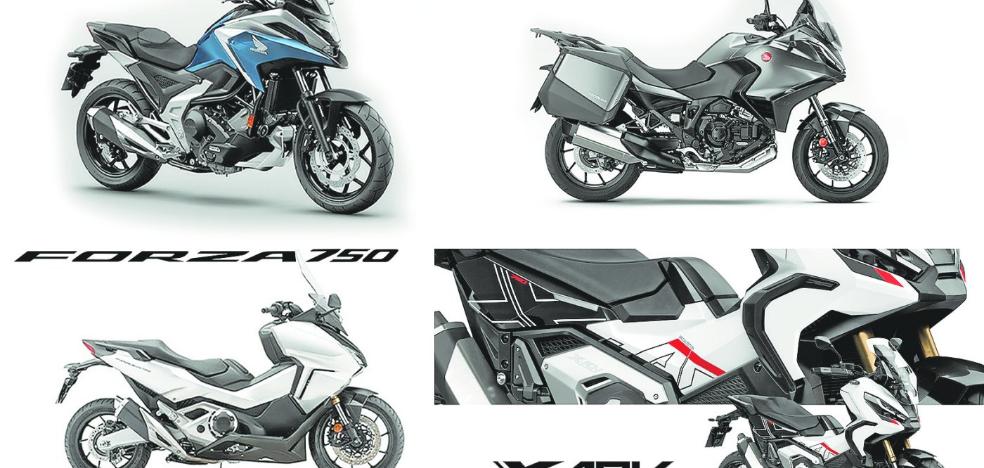Germany has established itself as the largest market for Spanish vehicles. 18.1% of the total is sold there
In the land of the blind is the one-eyed king. This is happening with Spanish car production, which has maintained its position as the second European manufacturer and eighth in the world in the first half of the year, not because it recorded particularly strong figures, but because all regions were affected with the same problems.
For starters, shortages of semiconductors have paralyzed assembly lines around the world — including those in South Korea, which had priority supply agreements. On the other hand, inflation and the rise in fuel prices have made transportation more expensive and reduced the purchasing power of customers worldwide.
For Spain, the car is the product with the largest contribution to the balance of trade. Exports left a positive balance of 18,273 million euros in the first half of 2021, an increase of 34.2% compared to the same period in 2020. In 2022, the figure rose to 18,160 million, 0.6% less than a year past.
In the years leading up to the health and semiconductor crises, Spain exported about 81% of its production: this was the case in 2017, 2018 and 2019. Due to the effects of these crises, this distribution increased to 86.8% in 2021, when 1, 82 million of the nearly 2.1 million vehicles produced were exported. In the first half of 2022, the ratio will be 84.2%. Of the 1.13 million vehicles produced, 955,000 vehicles were exported, a decrease of 7.7% compared to the same period in 2021.
Europe remains the largest destination for Spanish cars, accounting for 70.1% of export market penetration in the first half of 2022, down 0.3 percentage points from last year.
Within Europe, Germany has surpassed France as the main destination country this year, with a share of 18.1% compared to 17.1% for the Gallic country. Both recorded a respective variation of 1.2 points in positive and 1.5 points in negative.
In terms of quantity, Germany is the leader in the classification by volume with 172,900 vehicles. Seat has already exceeded the number of German registrations for the Spaniards.
It is followed by France (162,900), Italy (123,000), the United Kingdom (113,200), the latter two, with a drop of 0.3 and 0.2 points respectively. As of this writing, the sales rating assumes a significant drop from the double digits and at the first four they assume a 59.9% quota of exports.
The fifth position went to Turkey with 46,700 units and then closes the ‘top 10’ Belgium (29,200), Poland (21.00), the Netherlands (20,900), Portugal (20,000) and Austria (16,300). According to Anfac figures that ABC has had access to, there are only increases from the previous year in Turkey and Portugal. They were 1% and 3.1% respectively. The rest of the EU-14 represents an export share of 14.4%, an increase of 0.1 points, while the rest of Europe, including Russia, Turkey and Israel, has reached a penetration of 16.5%, 0.8 points more than the EU-14. first half of 2021. The National Association of Manufacturers declares the second quarter outperformed the first – and then year on year – but the war in Ukraine “continues to foster a climate of uncertainty and affect international trade.
Ukraine received 8,400 vehicles in 2021, while only 3,100 arrived in Russia. The models made in Spain meet stricter requirements than those of the latter country, so there is a cheaper offer there.
In the first half of the year, 1,700 units were sent to Ukraine – up from 4,000 in the same period in 2021 – while 900 cars were sent to Russia, 1,000 less than in the first half of last year.
Africa is another destination for Spanish exports. In 2021, 51,600 units were added, spread over Morocco (20,700), Egypt (15,900), Algeria (5,200) and South Africa (9,800). In the first half of the year, the classification was changed and led by South Africa (10,400), followed by Morocco (9,700), Egypt (3,600) and Algeria (2,700).
The third largest region is North America. In 2021 it reached a volume of 40,000 units. The main destination was Mexico, with 23,800 units, followed by the US (10,700), Guadeloupe and Martinique (4,600) – the French brands have a market in the Caribbean – and Canada, with just 900 sales. In the first semester, the US took over a larger share than a year ago and collected 11,900 Spanish vehicles. This is followed by Mexico (8,800), Guadeloupe and Martinique (2,600) and Canada, with another 100 vehicles.
Already in third place are Asia and Oceania. Last year, 32,300 cars were added, with 18,700 sales to Japan leading the way. This year they remain in first place so far with 9,800, followed by Australia (5,800), Hong Kong (600) and South Korea, closing with 300 units.
Source: La Verdad
I am Ida Scott, a journalist and content author with a passion for uncovering the truth. I have been writing professionally for Today Times Live since 2020 and specialize in political news. My career began when I was just 17; I had already developed a knack for research and an eye for detail which made me stand out from my peers.



